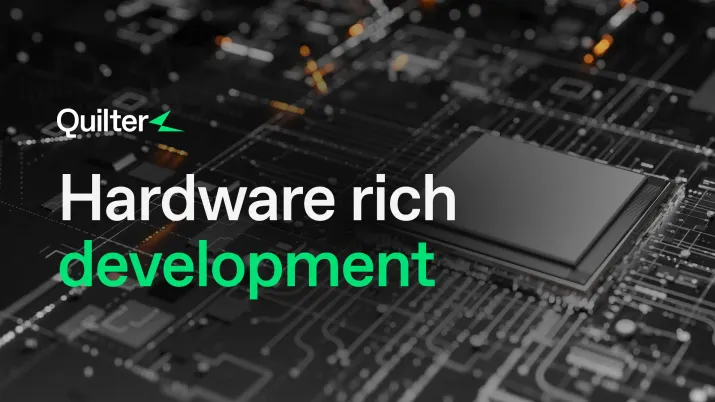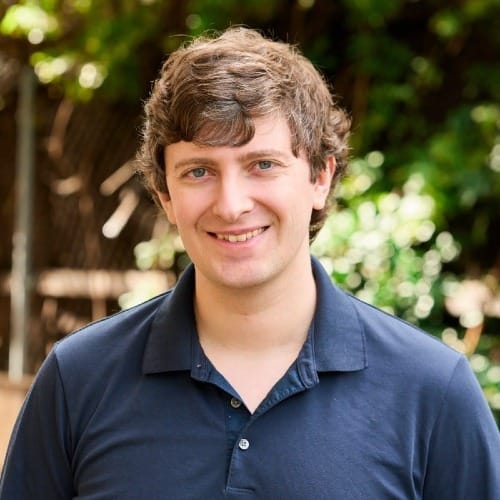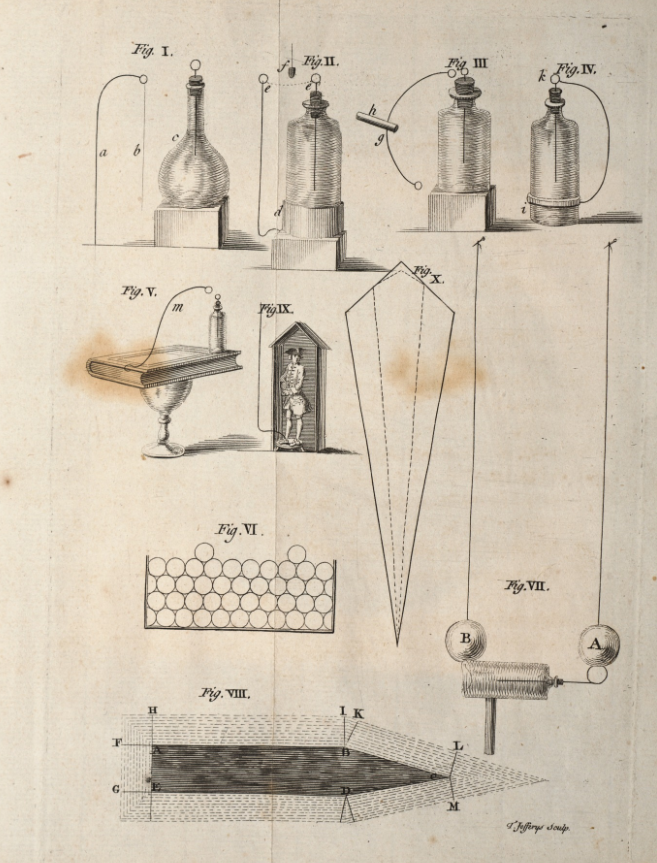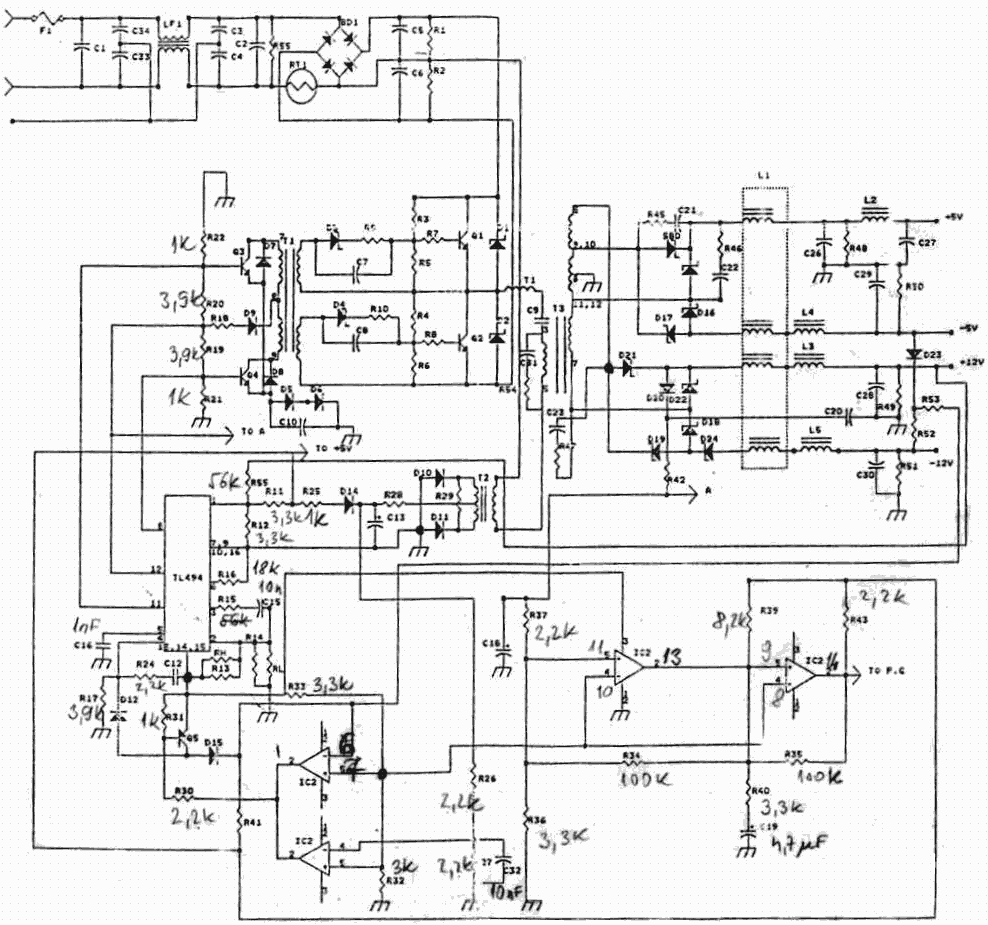Bet Big, Break Rules — A Fireside with Sergiy Nesterenko
“We’re not trying to match humans. We’re trying to surpass them by avoiding their constraints entirely.”

I didn’t sit down with Sergiy Nesterenko to talk about best‑practice checklists or incremental roadmaps. I met him to feel that jolt you get when someone is steering straight into the unknown with eyes wide open. Sergiy is the founder and CEO behind Quilter.ai’s audacious push to automate PCB layout. He approaches the job the way test pilots approach a new jet: exhilarated, analytical, and absolutely allergic to excuses.
Sergiy, founder and CEO of Quilter.ai, is the kind of thinker who can see the system—the actual system—beneath the layers of tools, rituals, and engineering theatre we often confuse for work.
He’s not chasing productivity hacks. He’s chasing breakthroughs.
And talking with him reminded me of everything I love about this field: the intensity, the elegance, and the constant tension between what you know and what you still need to learn.

When the Foundation Is Deep, You Can Move Fast
“I triple majored in math, physics, and chemistry at Berkeley not because I wanted to specialize, but because I wanted to master the fundamentals. That makes everything else easier to learn.”
This hit me hard. Though I didn’t triple-major (only a double here), I’ve seen how shallow foundations choke progress later. You can build on optimism, for a while. You can get by copying last year’s schematic or letting the CAD tool "take care of it."
But then the noise creeps in. A system fails in the field. A layout explodes under thermal load. A part gets swapped and suddenly your impedance stack doesn't hold. And you realize you’re flying on guesses.
Sergiy doesn’t fly on guesses. He earns his acceleration by going deep first. And that, to me, is the mark of someone who respects this work: not as a job, but as a discipline.
The Sharpest Question in Hardware
“Are we doing engineering, or are we doing research?”
This might be the single most useful question I’ve heard in a decade of building things.
Too many teams skip this step and end up stuck in the gray zone: overbuilding prototypes, under budgeting testing, treating unknowns like delays instead of data. When you’re clear that you're doing engineering, you optimize, streamline, execute. When you’re doing research, you explore, refine the question, accept failure as part of forward motion.
“Research is about refining the question over and over. More than half the battle is asking the right question.”
It made me reflect on how often I've blurred that line in my own work—pushing for speed when the real task was exploration, or letting ambiguity linger when I should’ve locked constraints.
Sergiy’s framing was a gut-check. Good projects start by picking a lane. Great ones know when to switch.

Taste Is the Real Accelerator
“Great engineers develop taste. They look at a design and just know if it’s going to go well or not.”
This got personal fast. I think of all the stories I’ve listened to or read about the first time engineers saw a senior quietly flag a design that “felt off” based on trace symmetry and spacing before any signal integrity tools came out. It felt like wizardry.
But it wasn’t magic. It was taste. Learned taste. Judgment earned through pattern, pain, and repetition.
“Experience teaches judgment. Taste separates junior from senior.”
There’s no shortcut here. But there is a message: if you’re not training your taste—if you’re not studying failure modes, edge cases, degraded returns—then you’re just memorizing syntax. And when the system gets complicated (and it always does), syntax fails you.
Automated PCB Design Isn’t About Replacing You
“Most people try to train AI for PCB layout by copying humans. But humans leave value on the table. We train directly from physics.”
When Sergiy said this, I almost laughed out loud because it was so dead on. Most "automation" in our industry looks like intern-level duplication. It's rule-following. It's reactive. It’s digital duct tape.
But what Sergiy’s talking about is different. It’s bold. It’s dangerous in the best way.
“We’re not trying to match humans. We’re trying to surpass them by avoiding their constraints entirely.”
This is where ambition lives. Not in replacing engineers, but in freeing them from the tedious, the fragile, the avoidable. If Quilter gets this right they’re not removing human judgment. They’re giving it leverage.
When Speed Isn’t Just a KPI
“All of hardware is about accelerating learning loops—build fast, test fast, and find out what you didn’t solve.”
To me, that’s the real value of speed: not shipping fast, but learning fast. Tighter loops mean you find out sooner whether your ideas survive contact with electrons. And once you see speed as learning, not risk, you start managing your projects differently.
It’s not about ego. It’s about evolution.
“Hardware doesn’t have a Ctrl‑Z. When something breaks, you rebuild. That’s the pain we’re solving.”
God, I’ve felt that pain. You don’t forget the first time a design that worked in simulation melts in testing. You also don’t forget the stress of waiting three weeks for boards that you knew might not work.
Quilter’s promise is this: what if that cycle took three minutes instead of three weeks?

First Principles or Bust
“The first step in any serious engineering process? Call bullshit on all the requirements.”
Yes. Just yes.
I’ve sat in too many design reviews where specs were treated as gospel—unchallenged, untested, inherited from slide decks made three quarters ago by people who’ve never touched a scope.
“I’m deeply inspired by how SpaceX stripped away assumptions using first principles—that’s the foundation of how I build today.”
That mindset—earn every constraint—is how you build something that actually works. And it’s how you lead teams that don’t just execute, but think.
The Real Takeaway: Bet Big, Stay Sharp
“Quilter isn’t a guaranteed win. It’s a bet on a breakthrough. But if we’re right, we change everything.”
Sergiy’s not making safe bets. But they’re not blind bets either. He’s building from principle, from physics, from the lived reality of engineers who are sick of wasting time on tasks that should have been solved already.
And that’s what I’ll carry forward most from this conversation: the clarity of his questions, and the audacity of his vision.
“Every hard tech startup faces this question: Are we chasing the possible or the impossible? That’s what makes it thrilling.”

If you’re in this game just to be careful, you’re probably not building anything worth remembering.
Sergiy Nesterenko doesn’t worship complexity; he reveres clarity. He’ll out‑model you in physics, but he’ll also gut‑check your team diagram until the silos bleed. In a field obsessed with bigger BOMs and tighter layer counts, he’s betting the farm on taste, communication, and an AI that works for physics, not the other way around.
Hardware is hard. Good. That’s where the fun lives. And if Quilter cracks automated PCB design, don’t worry, there will still be plenty of challenge left. We’ll just be playing a whole new game, and the learning loops will be tighter than ever.
Until then, keep your fundamentals sharp, your requirements suspect, and your ambitions one size too large.
Hardware Rich Development isn’t just about celebrating the veterans. It’s about learning from the people willing to push the field. If Sergiy’s work tells us anything, it’s that judgment matters. Taste matters. But what matters most? Knowing when to bet big.
Go build the impossible. Just double-check your constraints first.
Shoutout
Sergiy especially wanted to shoutout his first investor, Michael Dearing, who encouraged Sergiy, offering funding before the start-up had even begun. “Literally believed in me on this front before I believed in myself. … And so who knows if I would have even started anything without him.”
The second is a San Pedro restaurant - Compagnon Bistro - a french restaurant with owner and chef from Leon - in cooking, exemplifies simple brilliance: “In cooking exemplifies simple brilliance, if you know what I mean. I respect that wherever I see it. I respect it in music and poetry and engineering and certainly in food. And he does very straightforward and basic things, like no crazy Michelin star, amused, whatever, crazy things, but does them extremely well. Every week that we go, I'm looking forward to that one meal for the whole week. I love seeing brilliance like that anywhere.”

